Check out our latest volume and outcomes data in these key areas
Below we share recent volumes and clinical outcomes from a sampling of centers in Cleveland Clinic’s Miller Family Heart, Vascular & Thoracic Institute.
Advertisement
Cleveland Clinic is a non-profit academic medical center. Advertising on our site helps support our mission. We do not endorse non-Cleveland Clinic products or services. Policy
Over the past 17 years, mortality for these operations at Cleveland Clinic has substantially trended downward even as volumes rise and case complexity increases.
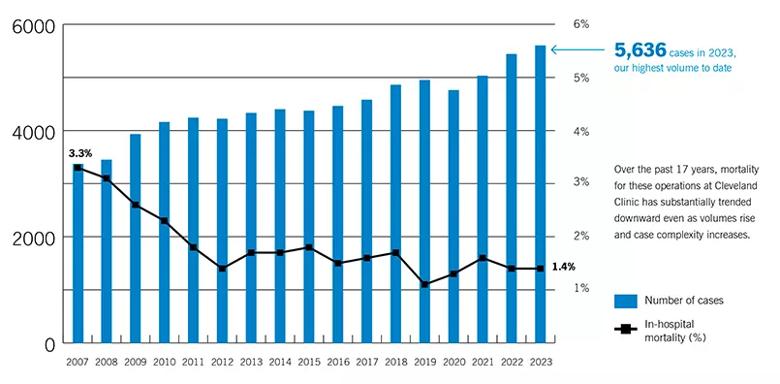
Cleveland Clinic received the highest Composite Quality Rating (3 stars) for these operations in the latest STS Adult Cardiac Surgery Database report*:

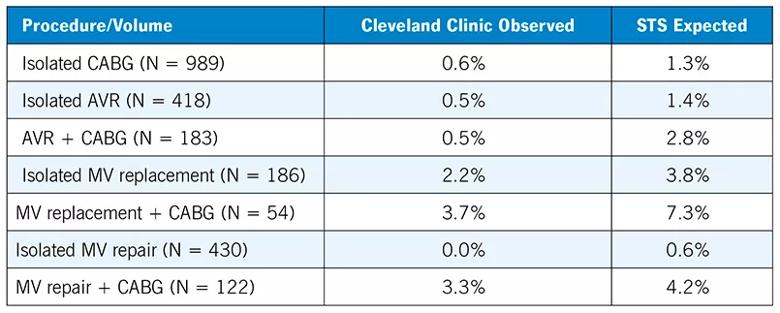
(vs. 1.4% STS predicted mortality)
(vs. 2.8% STS predicted mortality)
(no predicted rate available)
(vs. 3.8% STS predicted mortality)
(no predicted rate available)
(no predicted rate available)
Cleveland Clinic’s Heart, Vascular & Thoracic Institute has a long-established tradition of reporting volume and outcomes data across its various subspecialty areas. For more information like the data reported above, visit clevelandclinic.org/hvtioutcomes and clevelandclinic.org/e15.
Advertisement
Advertisement

Medical and surgical perspectives on current and emerging uses of ECMO and Impella

Launch of the tool promises to reshape quality assessment across the specialty
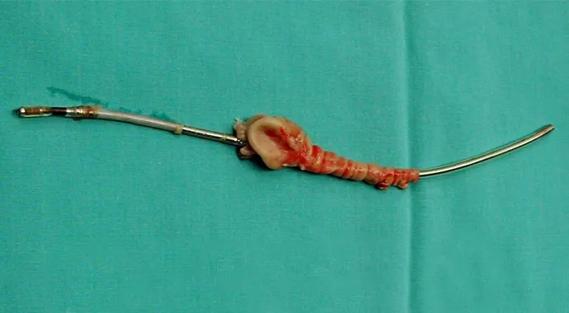
Lead dwell time and manufacturer emerge as independent predictors of success in registry study
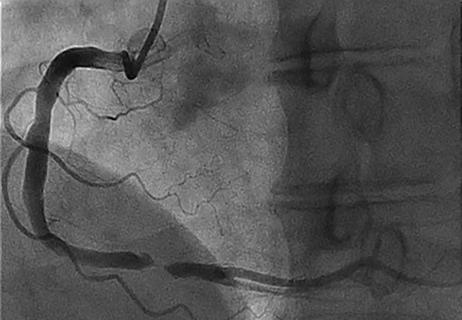
The case for a thoughtful approach to CTO and minimally invasive options for CABG

How the tool could help physicians alter management in real time

Preoperative Impella 5.5 placement can provide a critical safety net for high-risk patients
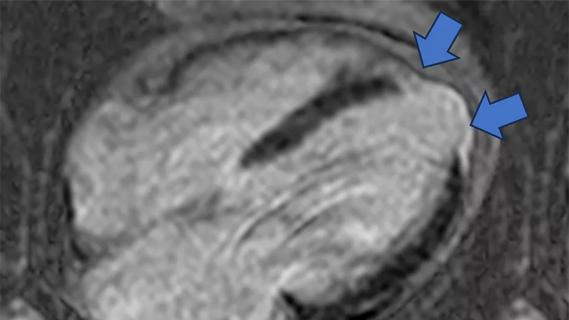
Technique may lay groundwork for personalized decision-making in procedural intervention
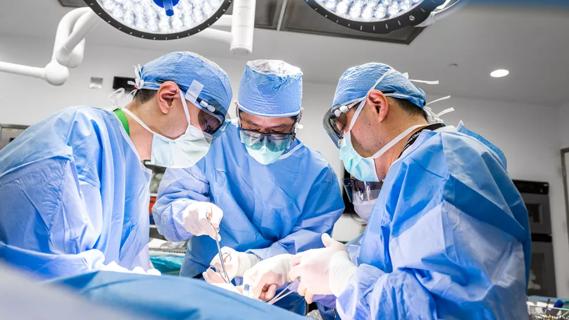
New research indicates feasibility and helps identify which patients could benefit